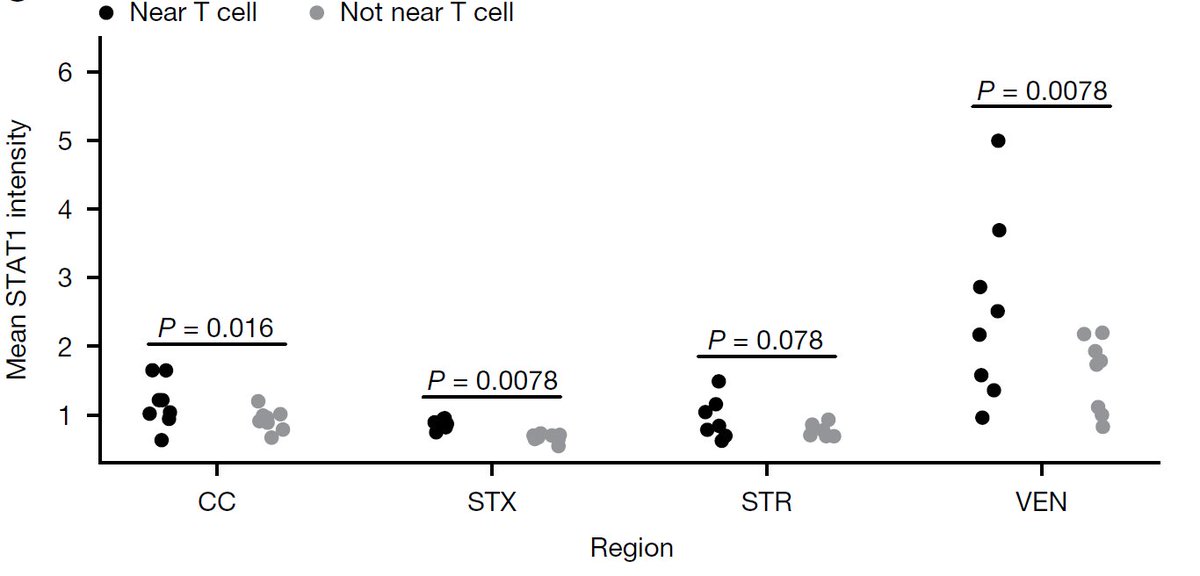
Eric Sun
@EricDSun
Followers
919
Following
103
Media
13
Statuses
62
Machine learning for aging, spatial/single-cell omics, immunology || Incoming Assistant Professor @MIT | PhD @Stanford
Stanford, CA
Joined October 2021
I’m very excited to be joining MIT Biological Engineering @MITdeptofBE as an Assistant Professor and the Ragon Institute @ragoninstitute as a member in January 2026! I will be recruiting students and postdocs (see more info below).
29
36
712
I would like to extend a big thank you to my amazing co-advisers @james_y_zou & @BrunetLab and to my many fantastic mentors, colleagues, and collaborators!.
1
0
8
RT @AgingBiology: Spatial transcriptomic clocks reveal cell proximity effects in brain ageing.
0
6
0
RT @BrainResilience: How do cellular neighbors shape the aging brain? Knight Initiative researchers Anne Brunet @BrunetLab and James Zou @j….
0
5
0
A big thank you to Anne Brunet (@BrunetLab) and James Zou (@james_y_zou) for their fantastic mentorship and to all co-authors for their valuable contributions -- this work would not have been possible without them!!!.
2
0
4













